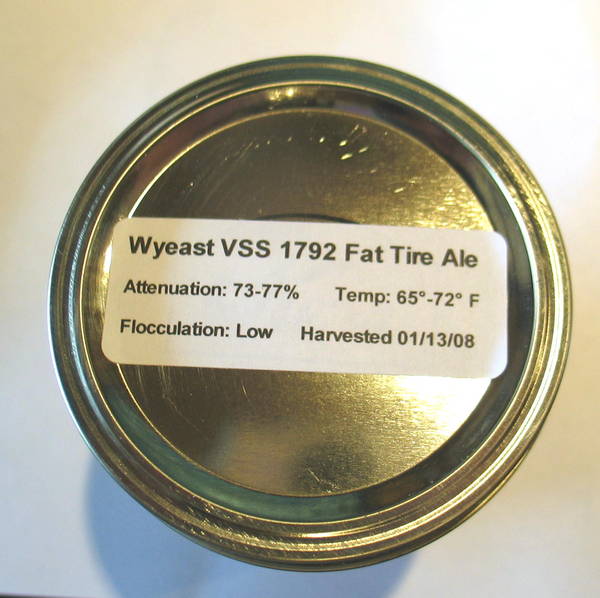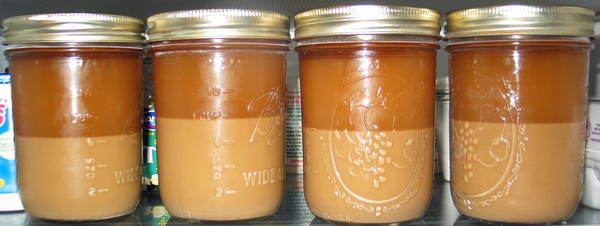El_Borracho
Well-Known Member
- Joined
- Oct 17, 2007
- Messages
- 260
- Reaction score
- 0
brian williams said:well, i make a beer constantly called "death by dunkel" and i continually wash/reuse my yeast, and have for the last 5 batches of it, and it's gotten my total cost down to $16.95 per 5 gallon batch. basically, you just save the cost of the yeast per batch, which for liquid yeast is around $8.00 i believe.
That's pretty nice really, I'm just starting out. So I still have to do my time, and spend my $'s.. But I'm sure when I'm brewing a batch a month this will make things nicer..




































![Craft A Brew - Safale BE-256 Yeast - Fermentis - Belgian Ale Dry Yeast - For Belgian & Strong Ales - Ingredients for Home Brewing - Beer Making Supplies - [3 Pack]](https://m.media-amazon.com/images/I/51bcKEwQmWL._SL500_.jpg)

























